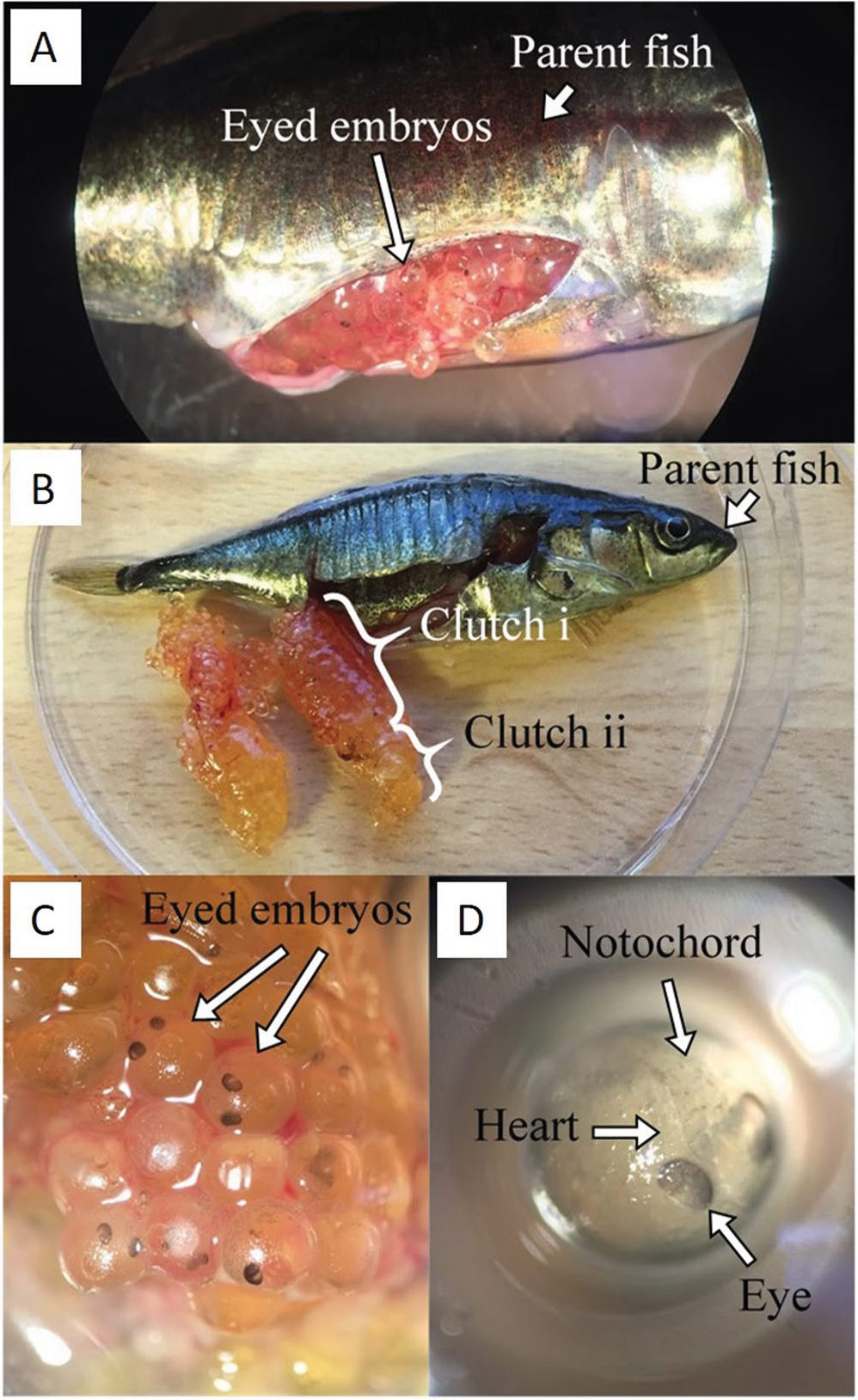Fish giving birth?

Excited comments about ‘fish pregnancy’ and wild claims of ‘evolutionary leaps’ accompanied the capture by scientists in February 2019 of a female stickleback fish from waters of the Outer Hebrides.1 She was unexpectedly found to be carrying fertilized, developing fish eggs within her body. Why the fuss?
We know that most mammals give birth to live young; while birds, reptiles, amphibians, and fish lay eggs, right? Well, there are some exceptions to the rule. For instance, whereas most species of lizards are oviparous (they produce eggs), a few are truly viviparous, meaning they undergo live birth—and yes, those lizards nourish their unborn babies through a type of placenta, as do mammals.2
Fish ‘pregnancy’ like this has been seen before on very rare occasions, but this is the “the first time that [such] embryos were birthed and developed into healthy adults.”3
Male seahorses do appear to give birth to miniature versions of themselves but it is the female who produces the eggs—she lays hundreds of eggs inside the male’s brood pouch where they are fertilised, then nourished as they develop into young seahorses, then squirted out into the ‘outside world’.4
The recent scientific report that captured attention and spiked imaginations concerns a single three-spined stickleback fish (Gasterosteus aculeatus), a species that is 3–4 cm (1.2–1.6 in) long at maturity. Nicknamed ‘Mary’, one news outlet exclaimed that she “appears to have leapt across a major reproductive divide on the evolutionary tree of life.”3 This, however, is overblown nonsense, as we shall see.
Many wildlife films have depicted fish reproduction: as soon as the female lays her eggs, the male fertilizes them. It’s the same story with many thousands of fish species. In Mary’s case, the researchers were both intrigued and puzzled to discover that she was carrying developing eggs inside her body.
Was this a case of a virgin birth (technically known as parthenogenesis), as occurs in creatures as diverse as aphids5 and komodo dragons?6 For a fish’s unfertilized eggs to develop inside her is unusual but certainly not unprecedented.7
Apparently, however, genetic tests ruled out this possibility.8 Instead, researchers concluded that male stickleback sperm had somehow migrated into Mary’s body, likely through the tube that serves to permit passage of the eggs to the outside, and had fertilized her yet-to-be-released eggs.
Contrary to journalistic hype, this case provides no insights into the supposed ‘evolutionary leap’ between egg-laying and live birth.3 In fact, Mary’s pregnancy was on the verge of killing her. She became so bloated that she needed a caesarean section to ‘deliver’ her tiny fish embryos—56 of these microscopic fish fry survived to become healthy adult sticklebacks, but only by being carefully reared in the lab. Sadly, Mary didn’t survive the ordeal.
References and notes
- Knapton, S., Thereָ’s something about Mary the stickleback: scientists baffled by ‘virgin‘ fish, telegraph.co.uk, 20 Feb 2019. Return to text.
- Doyle, S., Lizards moving from eggs to live birth: evolution in action? creation.com/lizardbirth, 18 Nov 2010. Return to text.
- Letzter, R., This fish gave evolution the finger and got pregnant, livescience.com, 21 Feb 2019. Return to text.
- Juhaz, D., The amazing sea horse, Creation 16(3):38–40, Jun 1994; creation.com/sea-horse. Return to text.
- Editors, Aphid, Encyclopaedia Britannica, brittanica.com, last modified 26 August 2016; accessed 11 Mar 2019. Return to text.
- Yam, P., Strange but true: Komodo Dragons show that ‘virgin births’ are possible, scientificamerican.com, 28 Dec 2006. Return to text.
- An instance of virgin birth in a domestic guppy was published 66 years ago: Spurway, H., Spontaneous parthenogenesis in a fish, Nature 171:437, 7 Mar 1953. More recently, DNA fingerprinting confirmed it in a wild sawfish population: Keener, A.B., Endangered fish can reproduce without mating, the-scientist.com, 1 Jun 2015. Return to text.
- Specifically, microsatellite analysis. Offspring included both sexes: Dean, L.L. et al., Internal embryonic development in a non-copulatory, egg-laying teleost, the three-spined stickleback, Gasterosteus aculeatus, Scientific Reports 9:2395, 20 Feb 2019. Return to text.







Readers’ comments
Comments are automatically closed 14 days after publication.